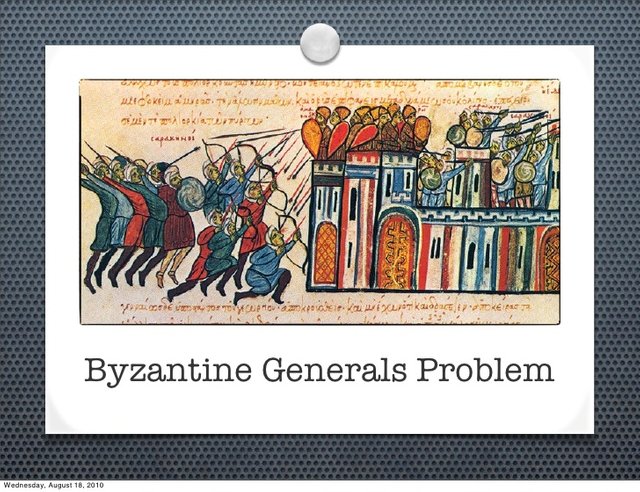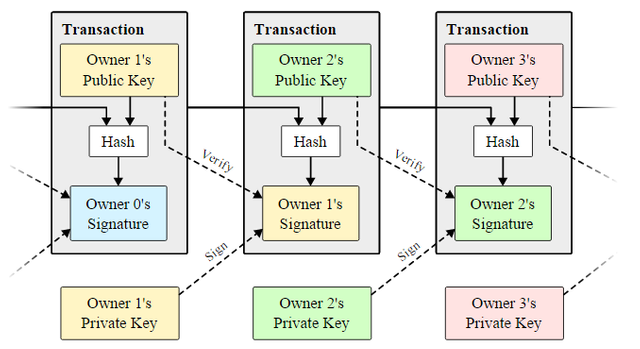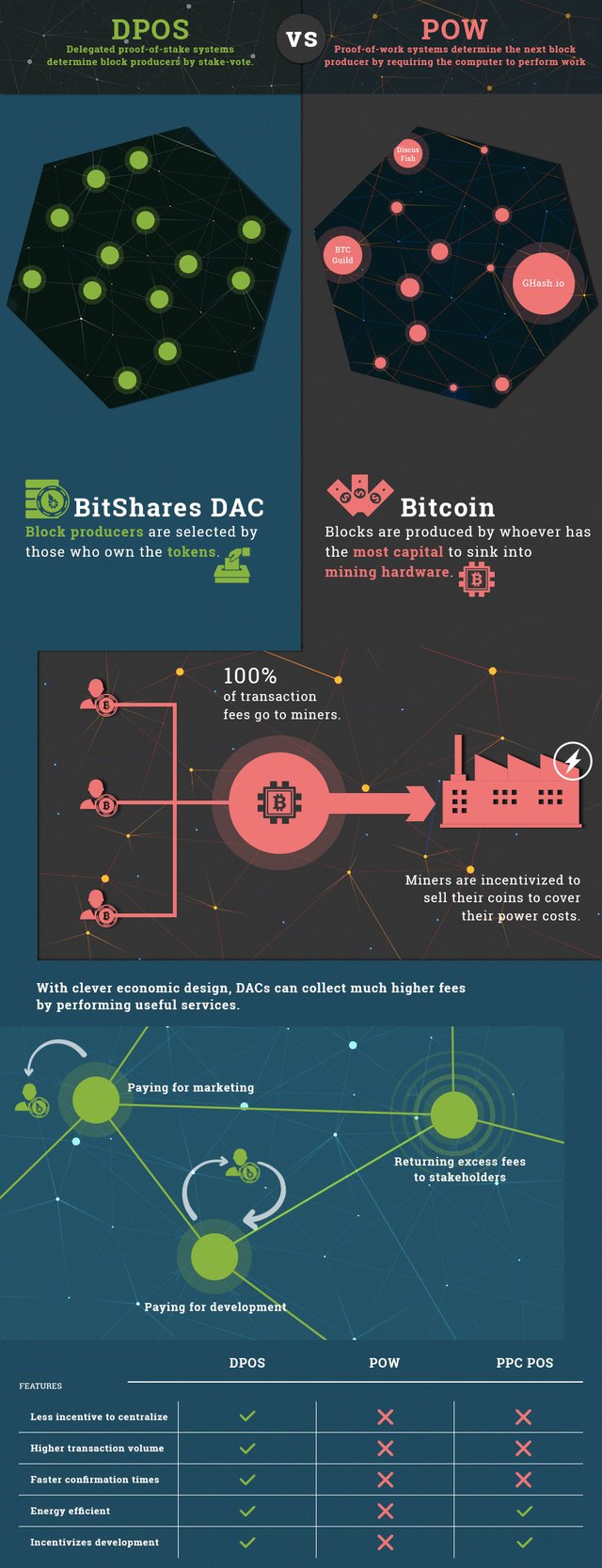Turning Bitcoin into Steem – the Evolution of BitShares part 5

Security Without Limits
There are many elements involved in creating a secure ecosystem like BitShares. One of these is privacy of your transaction history and identity which I described in the previous article in this series. In the chapters ahead I'll cover all of the core elements, but for now I'll just go over the main points. First on the list are the fundamentals of blockchain technology, which is the foundation of security for all digital assets.
I've been throwing around the term blockchain throughout this series, and to many of you no explanation is necessary. For the rest of you I'll go over the basics. So what exactly is blockchain technology, and what makes it secure? The answer to that question is rather complex, so I’ll go slow and do my best to explain it in simple terms. Strap yourselves in for a quick history lesson of the post-Roman era also known as the Byzantine period.
The origins of blockchain technology can be found in the "Byzantine Generals Problem", which essentially answers the question, How can information be reliably and accurately shared between a group of individuals using untrusted agents? Imagine an army surrounding a large city commanded by a group of Generals. Each general commands only a portion of the forces surrounding the city, and these generals must cooperate with each other to overcome the defenses of the city.
To wage a successful military campaign the generals must agree on a plan of attack; in other words they must reach consensus. Their only means of communication to accomplish that are through oral messages. The essence of the problem is that some of the generals are traitors, who will attempt to confuse the others, so how can the loyal generals reach agreement on a plan?
Using only oral communications, the problem has a solution if and only if more than 66% of the generals are loyal. With only oral messages one traitorous general can confuse 2 loyal ones, but if written messages are used (that can’t be forged) it doesn’t matter how many loyal or traitorous generals exist in the attacking army.
This old problem has been studied extensively, and it was proven in 1982 that reliable, accurate written communications are indeed one solution, but that proof wasn’t possible until the advent of modern computers and cryptography. Further, implementation of a comprehensive solution wasn’t feasible until the Internet was invented and became widespread enough to serve as a reliable means of delivering messages. It took an additional 27 years before Satoshi Nakamoto came along in 2009 and implemented the solution known as blockchain technology. This amazing invention allows a group of people to reliably communicate using unknown and thus untrusted intermediaries, for example traitorous generals. For a more detailed analysis of The Byzantine Generals Problem please see @complexring’s article.
The Structure of a Blockchain
As the name implies, the blockchain is literally an ordered series (or chain) of blocks. A block may contain zero or more transactions (messages), each of which represent the transfer of digital assets from one wallet address to another. This is analogous to 2 generals exchanging messages. As blocks are added to the end of the chain the integrity of the resulting chain is strengthened because the block must explicitly reference the previous block. All digital currency systems require every transaction of every block added to the blockchain to be verified as valid before it can be added. There are a number of methods (called algorithms) used to add new blocks to the blockchain; more on that a bit later.
The next layer of security comes from the widely distributed and diverse ownership of the computers that comprise the blockchain network. The concept of which I speak is decentralization, which prevents vulnerability of the network through a single point of attack. Think of the computers as Generals in an army, or nodes in a computer network. If each General has a copy of all of the messages there is no single point of attack that can corrupt the plan.
Every full node on every computer scattered across the globe has a copy of the entire blockchain, and each one includes every single transaction that has ever occurred using that blockchain system. With millions of such copies all around the globe it's impossible to destroy the record of those transactions. It's like trying to destroy a person's DNA by cutting off an arm or leg. Every single cell in the body contains a copy of the DNA required to replicate the entire body. There is no single point of attack which would eliminate all copies of the blockchain. Each new node that joins the network increases the decentralization and the security of the network for all nodes. It's incredibly ingenious!
Consensus and the Governance Model
Another layer of decentralization unique to Graphene-based ecosystems lie within the algorithm used to add blocks to the blockchain. This algorithm is known as Delegated Proof of Steak or DPoS. The DPoS algorithm of BitShares 0.x.y relied on 101 specialized nodes responsible for verifying transactions and adding blocks. These specialized nodes were also distributed around the globe and operated by delegates (the same role is now called a witness in BitShares 2.0 and Steem), who are elected into that role by the BitShares shareholders. If one of the delegates is compromised or fails to perform their duties, they will lose their position as a delegate very quickly through the voting process.
I've talked about security thus far but not about the lack of limitations which arise in large part from the decentralization of the blockchain network. Because there is no one central point of control there is no limit to how many transactions can be performed or the size of those transactions. There are also no limits on the amount you are allowed to withdraw or transfer from your account balance. This is very important, especially when trying to use a blockchain to replace the savings accounts of banks, which was an original design feature of BitShares 0.x.y.
Although the interest bearing savings account concept is no longer included in BitShares 2.0, it has resurfaced recently in the Steem blockchain. Earning interest on savings is a standard feature of most bank accounts, and is an important incentive to encourage savings over longer time frames. For the 28% of the planet’s population that we refer to as “unbanked”, dividends or interest income is extremely important.
In my next segment of Turning Bitcoin into Steem I will take an historical review of the interest bearing savings feature of BitShares 0.x.y and compare it to the savings feature of the Steem blockchain.
See the previous articles in this serries: Part 1 | Part 2 | Part 3 | Part 4




Love this article series. #bitshares is a revolution in progress.
Well said, but the wheels of revolution appear to turn in slow motion for BitShares. One of these days tho, to the moon!
Yeah, the relatively slow adoption of #bitshares is strange...the tech is revolutionary at many levels and opens up so many possibilities.
really good information, had a cup of coffee and laser scanned it to memory - thank you for sharing.
Thx!
These keep getting better and better. Worthy of being permanent references not just transient entertainment.
We need to find a way to make them available from as many websites in the ecosystem as possible, so they don't fade into the Steemit archives and get forgotten.
Wow! That's high praise, especially coming from you @stan and it's greatly appreciated.
Very fine post!!!
Was there something in particular you likes about it? Thanks for your reply.
)) интересно
Keep up the great work of telling the history of Graphene. It´s good to learn more about our origin and how all the different pieces came together to form today´s BitShares and Steem Blockchain.
Will do Chris, and thanks much for the support.